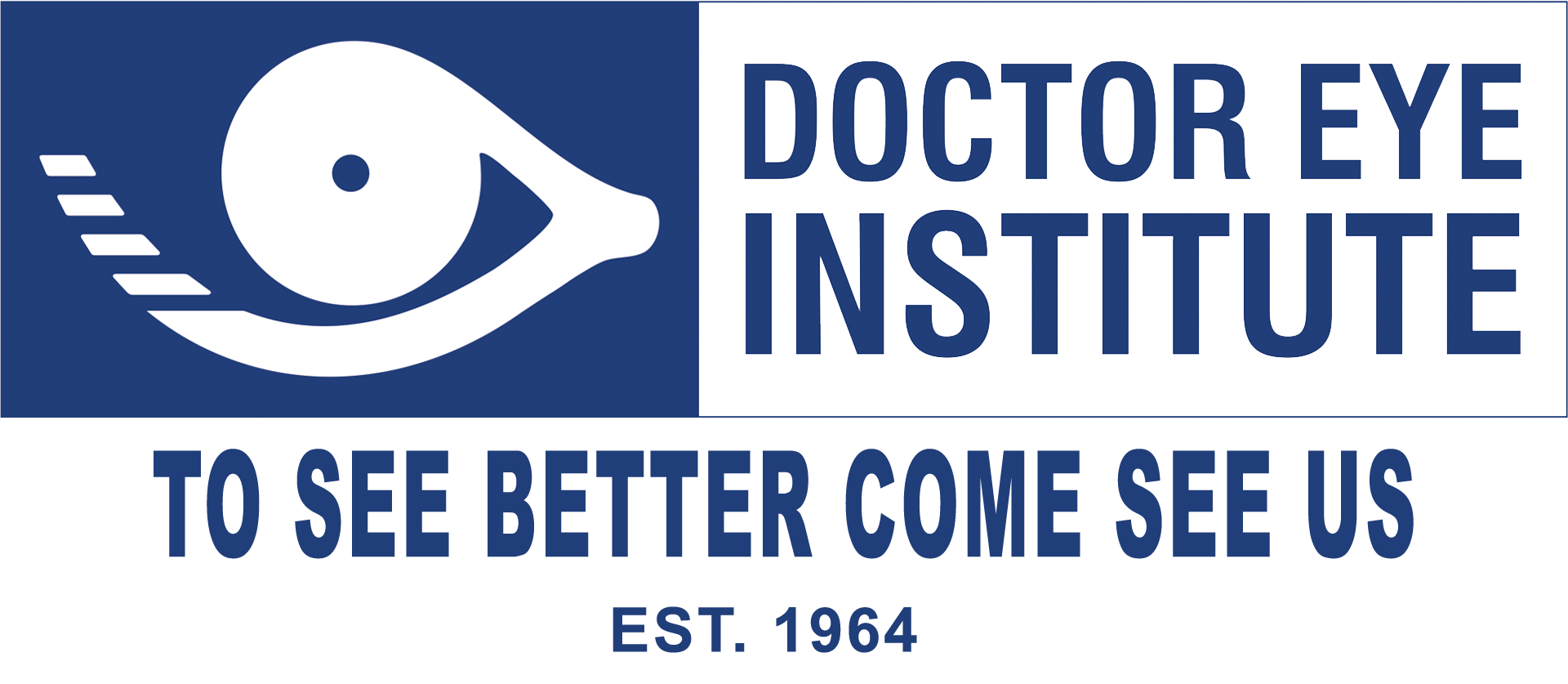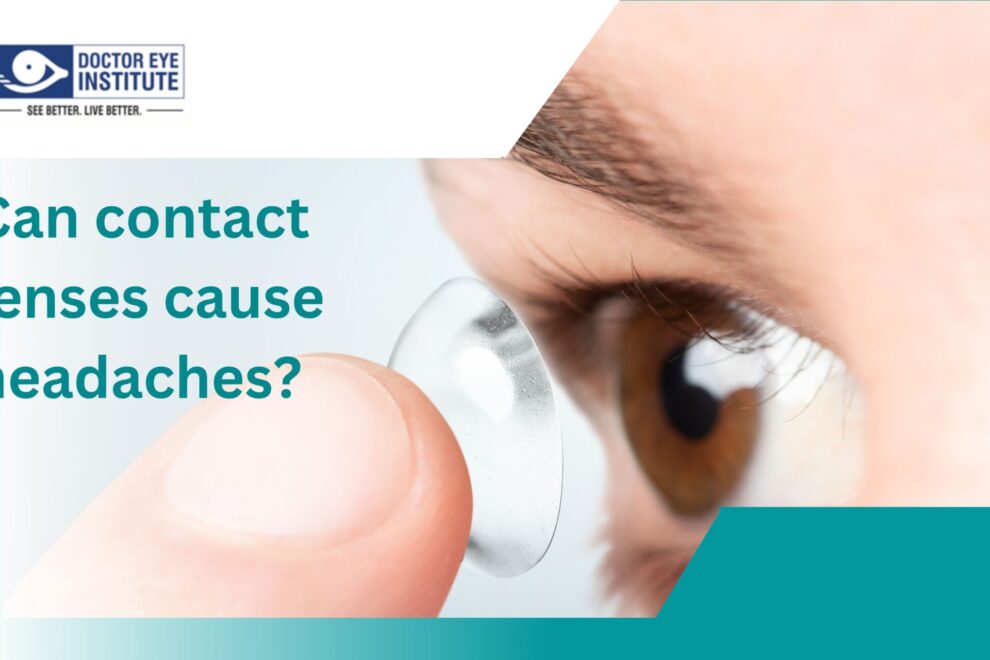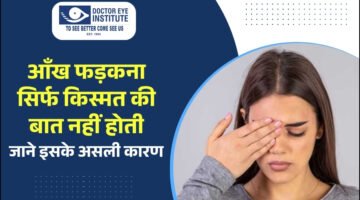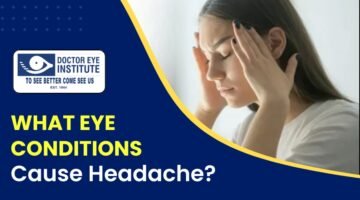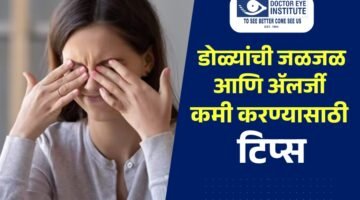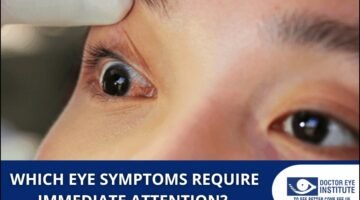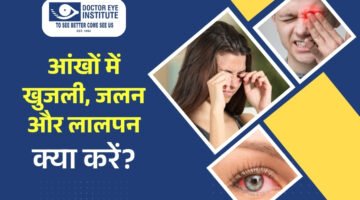Can contact lenses cause headaches? Why?
The use of contact lenses has become extensive over the years and is often a part of a daily routine for many people. And as much as it makes life easier and our appearance aesthetically pleasing, it can come with its share of cons like headaches. Let’s break this down so you understand this thoroughly.
Firstly, why do we wear contact lenses?
Contact lenses are not only prescribed for cosmetic reasons. The big advantage that contact lenses give over glasses is that they give a larger field of view; in glasses, the peripheral field of view is obstructed by the frame and one cannot see beyond the frame.
Another big advantage of wearing contact lenses is that the magnification factor is much lower than glasses. Normally magnification factor entails that whenever one views an object with glasses it appears larger than it is actually and that’s normally with glasses about 12% but with contact lenses is about 5%. That means the quality of vision besides the field of view with contact lenses is much better than with glasses.
Another reason for using contact lenses is of course cosmetic, where you can use different colored cosmetic lenses which are available in the market. Contact lenses can correct our vision seamlessly which includes nearsightedness, farsightedness, astigmatism, and presbyopia. The good news is that we also have multifocal contact lenses which can correct distance, near and intermediate versions in a single contact lens.
Reasons why contact lenses cause headaches and what can be done to prevent them:
Your contact lenses don’t necessarily cause a headache directly. However, they do set in motion other effects that eventually trigger annoying headaches. There can be several reasons for the same, a few of which are
Changed/ Wrong Prescription
Your prescription may have changed since you last got your eyes checked with your eye doctor which may be causing your eyes to strain too much. Lenses are not sold until and unless you have a proper prescription. So it might be time to go to the eye doctor and get your eyes re-checked.
Eye Dryness
Dryness of the eyes occurs when there isn’t enough lubrication or tears in the eyes which causes immense irritation. This can be triggered due to multiple reasons like blocked tear glands, poor production of tears, allergic reaction due to continuous contact lens wear, dry contact lenses, bad air quality, or medication side effects.
But the dryness of eyes and dry contacts can cause massive sensitivity to light which leads to squinting and muscle strain which then turns into a headache. Continuous screen time also leads to Computer Vision Syndrome which can trigger headaches too. The crucial step is to identify the cause behind the eye dryness and then tackle it accordingly. The way to deal with this is taking frequent breaks from screens, and trying to blink more often in order to produce tears for the eyes’ lubrication.
Computer Vision Syndrome
This problem usually occurs when the lenses are overworn past their time limit. That leads the lens to dry up and shrink and hence causing irritation in the eyes. This shrinking affects their movement and causes headaches. The recommended time limit for wearing contact lenses is eight hours a day. Beyond that, you are advised to remove the contact lenses, take a break for an hour and then reuse them if absolutely necessary. The way to avoid headaches due to this is by making sure the lenses are not worn longer than they are supposed to. Do not wear them overnight or push their limits during the day.
These are just a few reasons why your contact lenses might be causing you headaches but it is always better to go visit an eye clinic for further and one-to-one assistance to get the exact cause.
Why should you visit the Doctor Eye Institute?
Doctor Eye Institute is a second-generation ophthalmology practice. We are trusted by multiple patients as the best eye specialists in Mumbai and many other regions too. We believe in excellence and treat all our patients with utmost equality and care.

